Haunting photos of dead flamingos win Environmental Photographer of the Year
Harrowing shot 'The Bitter Death of Birds' captures Environmental Photographer of the Year honors
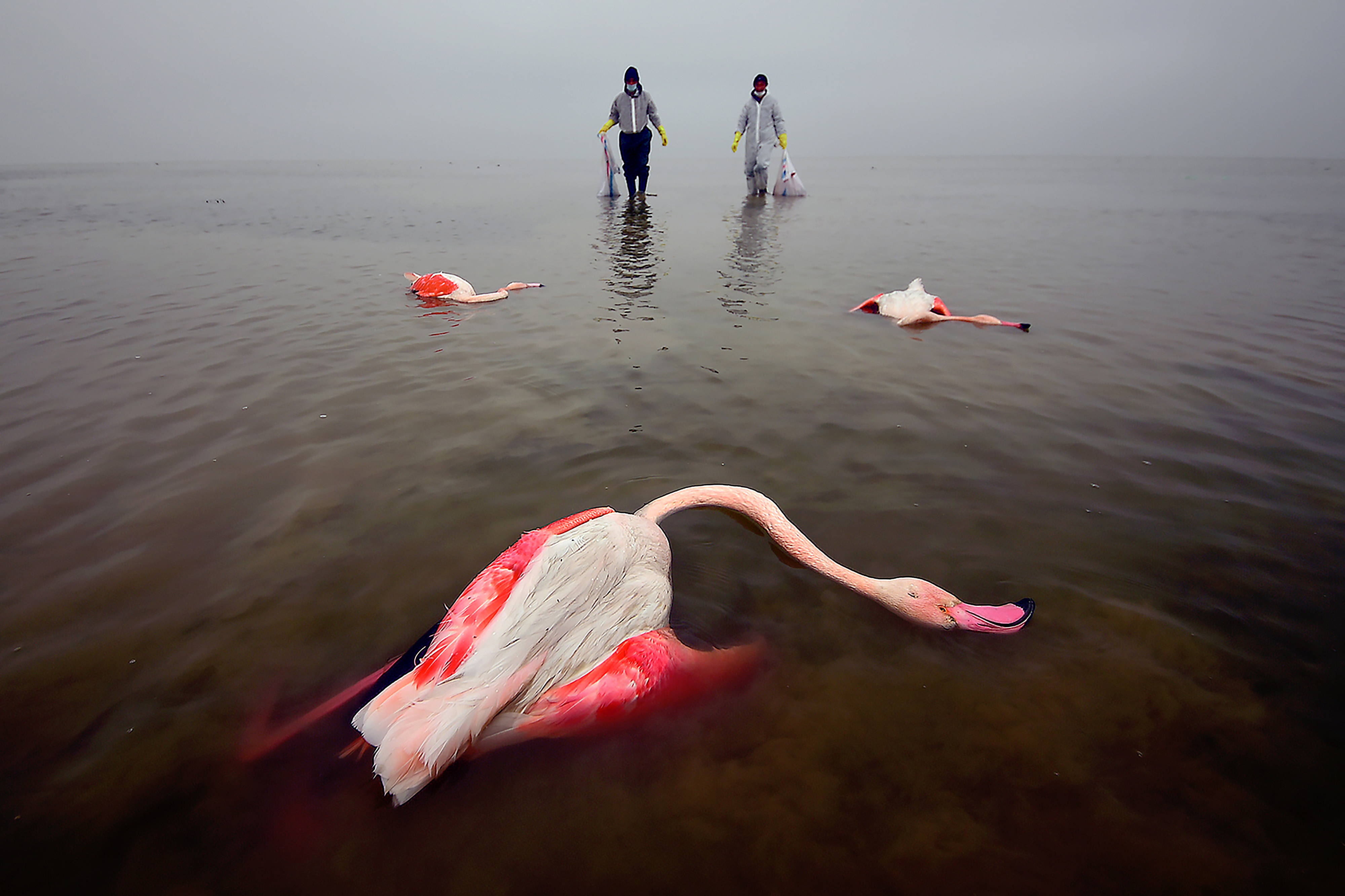
The Environmental Photographer of the Year 2022 has just been announced and the overall winner is Mexican photographer Mehdi Mohebi Pour, for his photo The Bitter Death of Birds (above).
Medhi impressed judges with his striking image of vibrant flamingos against a dull grey backdrop. The Bitter Death of Birds is a remembrance of all the flamingos that have died in the Miankaleh Lagoon in Iran, due to contamination and lack of water.
It also captures the environmentalists that collect the deceased animals to prevent the further spread of disease. Judges chose it to be the winning image based on the surreal portrayal of the circular nature of life between humans and wildlife, while also portraying how the environment affects the species of our planet.
"It means the world to have won this prestigious award as photographing the climate and showcasing the damage being caused is my biggest priority in life," said Mehdi Mohebi Pour. "I want people around the world to know about this sad event of the death of the birds as, if we do not reconsider our lifestyle and take care of the planet, this will soon happen in other countries."
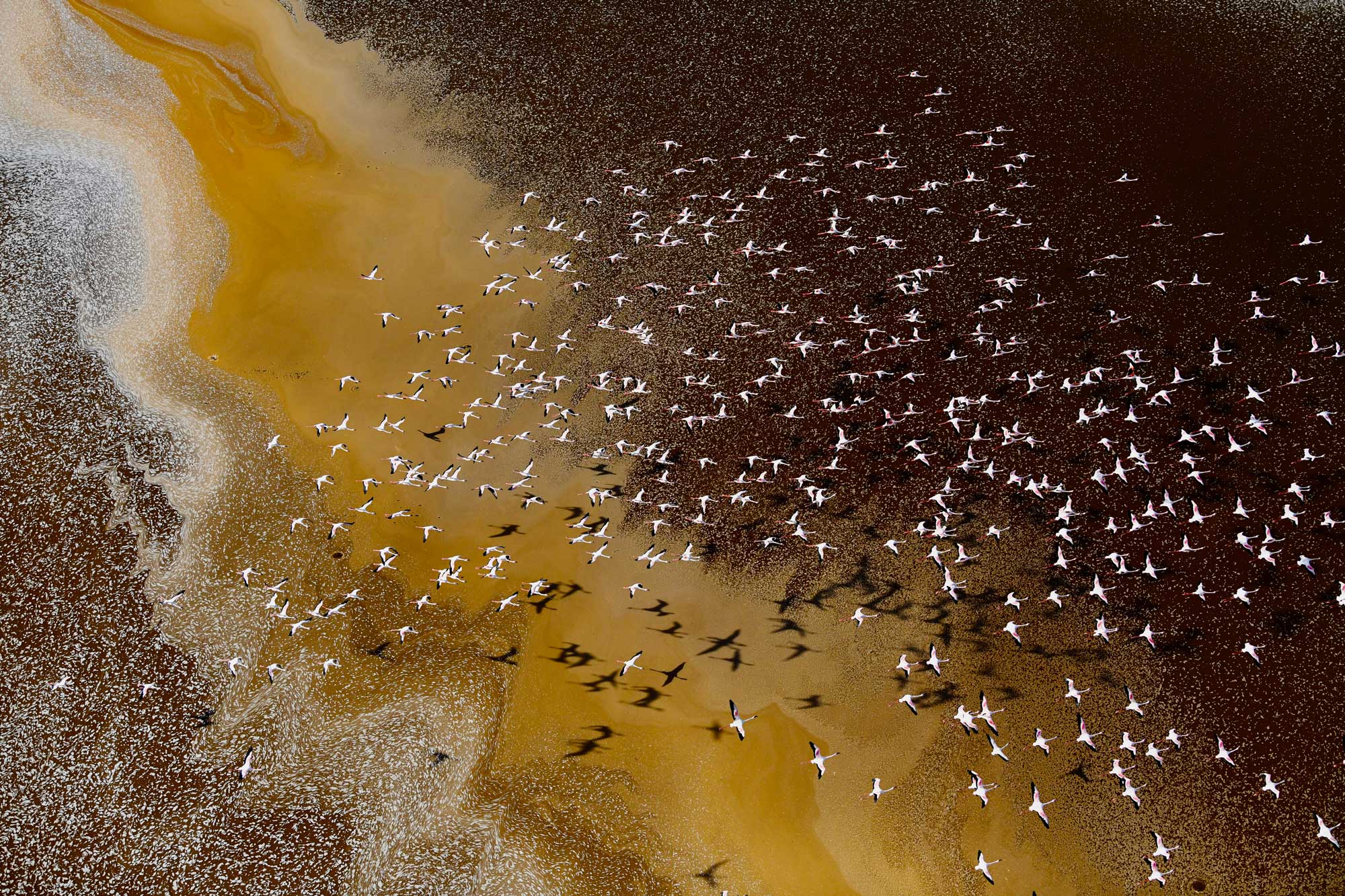
"I found this image particularly touching due to its stillness," said Daisy Gilardini, one of the judges of the competition and a conservation photographer in her own right.
"Contrary to one of the basic rules of photography, the rule of thirds, which suggests placing your subject in one of the thirds, the photographer decided to frame all the elements right in the center. By doing this, the immediacy is even more poignant. The dead bird in the foreground is right in your face and leads to the two people behind in the background cleaning up the other dead birds.”
Flamingos were the flavor of the awards, as Young Environmental Photographer of the Year went to 16-year-old Fayz Khan for his image, Beautiful but hostile colors on Earth, which depicts a flock of flamingos flying over Lake Magadi in Kenya.
Get the Digital Camera World Newsletter
The best camera deals, reviews, product advice, and unmissable photography news, direct to your inbox!
While the image is undoubtedly beautiful, it has a sinister side to it; the lake has become severely alkaline, and therefore toxic to animal and plant life. Fortunately for flamingos, they can feed on the surface algae – which is what keeps on attracting them to the area.
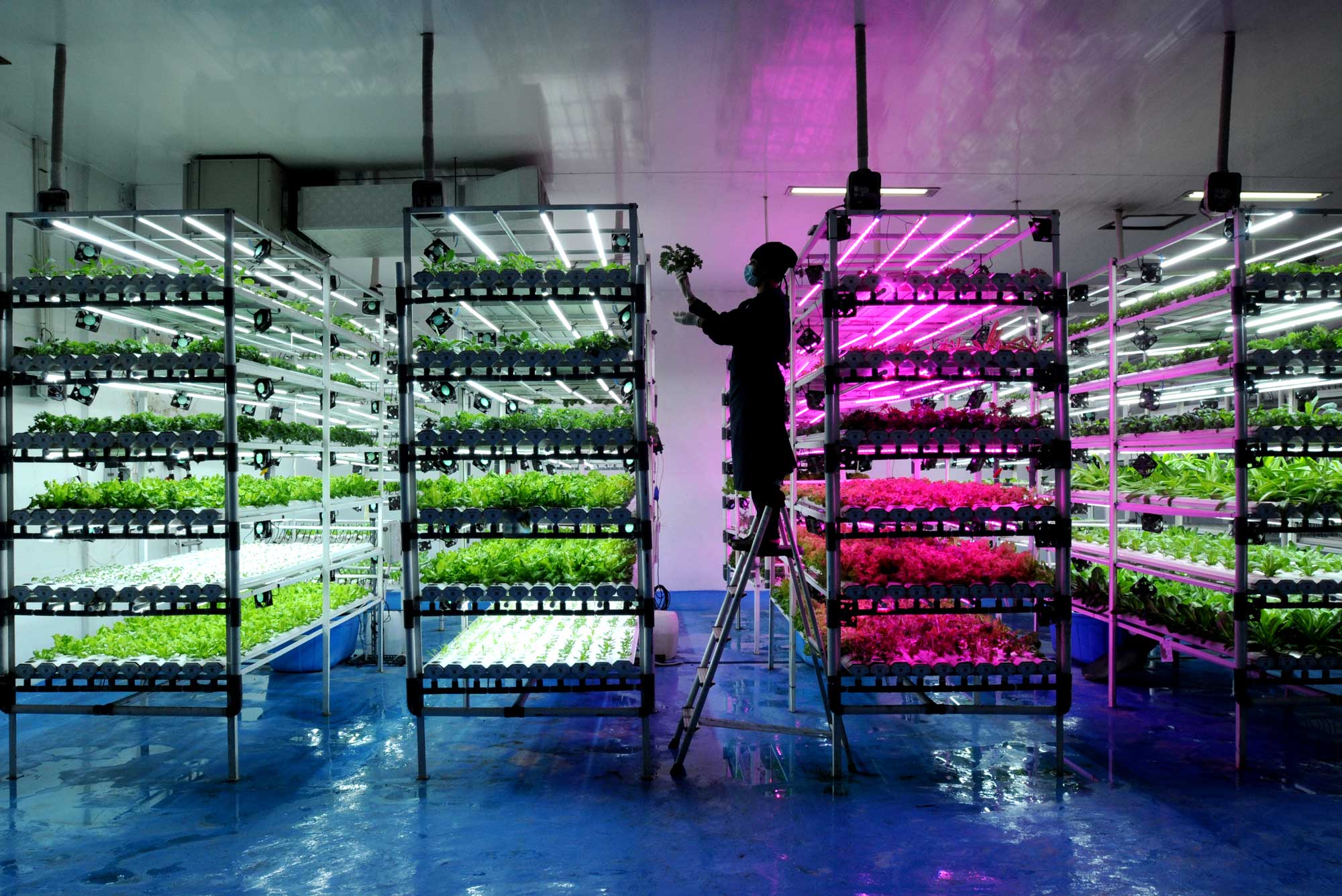
The Vision of the Future award was won by Arie Basuki for his image, Vertical Farming, that captures the inner-city farming efforts in Indonesia, showing that you don't need the countryside to farm.
Jonathan "Jonk" Himinez took home the award for the Recovering Nature category with a striking image of nature taking over a former swimming pool in Pisa, Italy, while Subrata Dey impressed judges with a harrowing image of empty chemical containers in the photo Chronicle of Contemporary Ruins, depicting the aftermath of a chemical explosion at a Sitakunda, Bangladesh as part of the Keeping 1.5 Alive category.
Simone Tramonte took home the award for Adapting for Tomorrow with New Ways of the Future, a photo that depicts the joys of nature swimming against a backdrop of necessary wind turbines – a key player in reducing the use of fossil fuels.
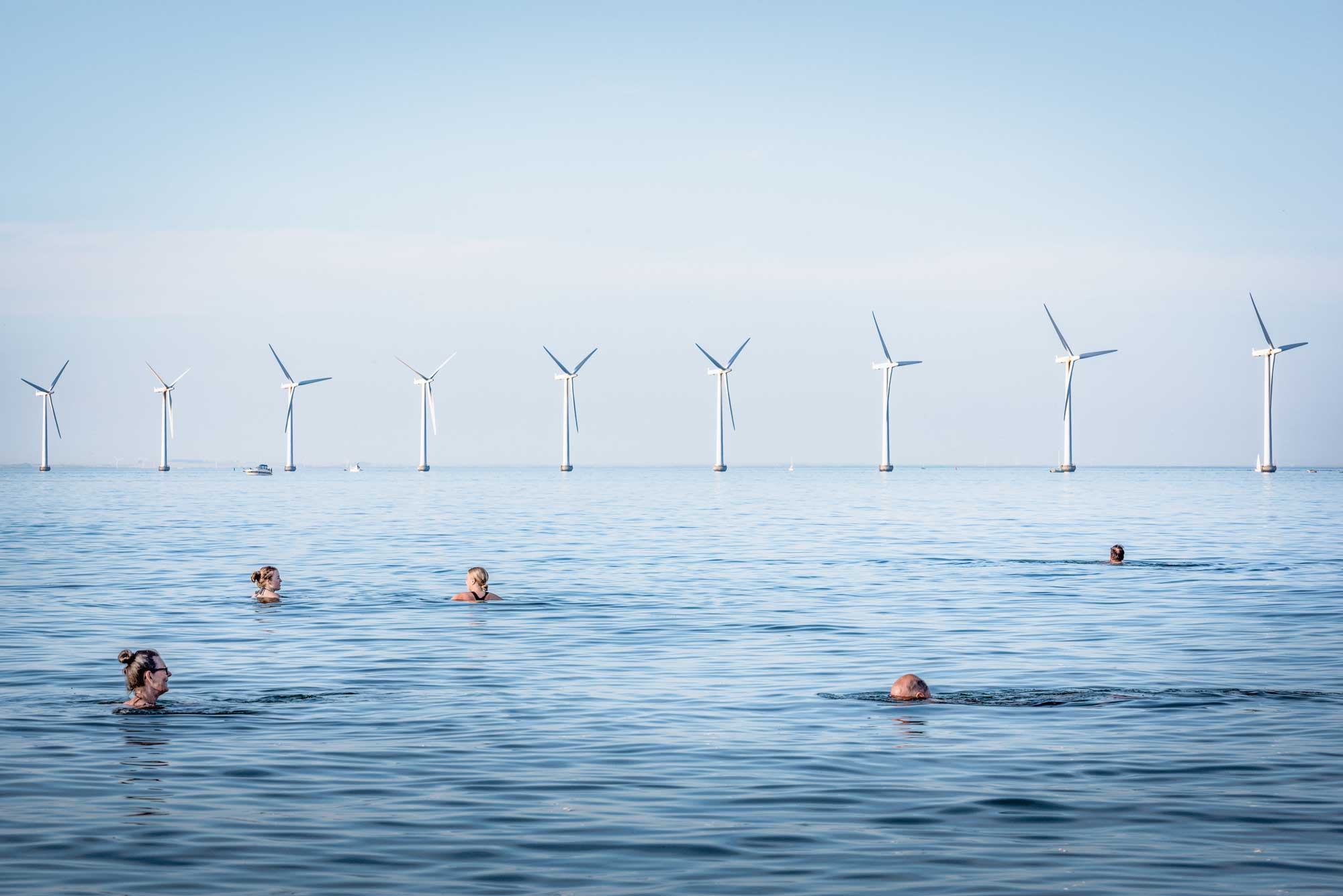
In a competition first, this year saw an ethics panel introduced to ensure accountability and transparency in photo selection. Photos that did not meet the competition's strict standards – for example, those that dehumanize people or exploit individuals – were discussed by the panel and additional information from the photographer was required to make a formal decision about the images' place in the competition.
Environmental Photographer of the Year runs in partnership with Waterbear (which creates captivating films about the natural world), The Chartered Institution of Water and Environmental Management, and Nikon.
"One of our biggest challenges is to enhance energy efficiency and reduce our CO2 emissions throughout our business operation to combat climate change," Julian Harvie, Nikon's head of marketing for northern Europe. "The Nikon Group has set a target aimed at reducing greenhouse gas emissions to net zero by 2050. This also includes reviewing our energy sources. In 2021 Nikon joined RE100 aiming to achieve 100% renewable energy sourcing to accelerate our progress."
Awards like this are incredibly important for shining a light on the devastating effects humans have on the world. With so much pressure to reduce our carbon footprint, stop the earth's temperature from rising and ensure rising sea levels don't wipe out entire populations, photography is a powerful tool for sharing just how much humans affect the environment.
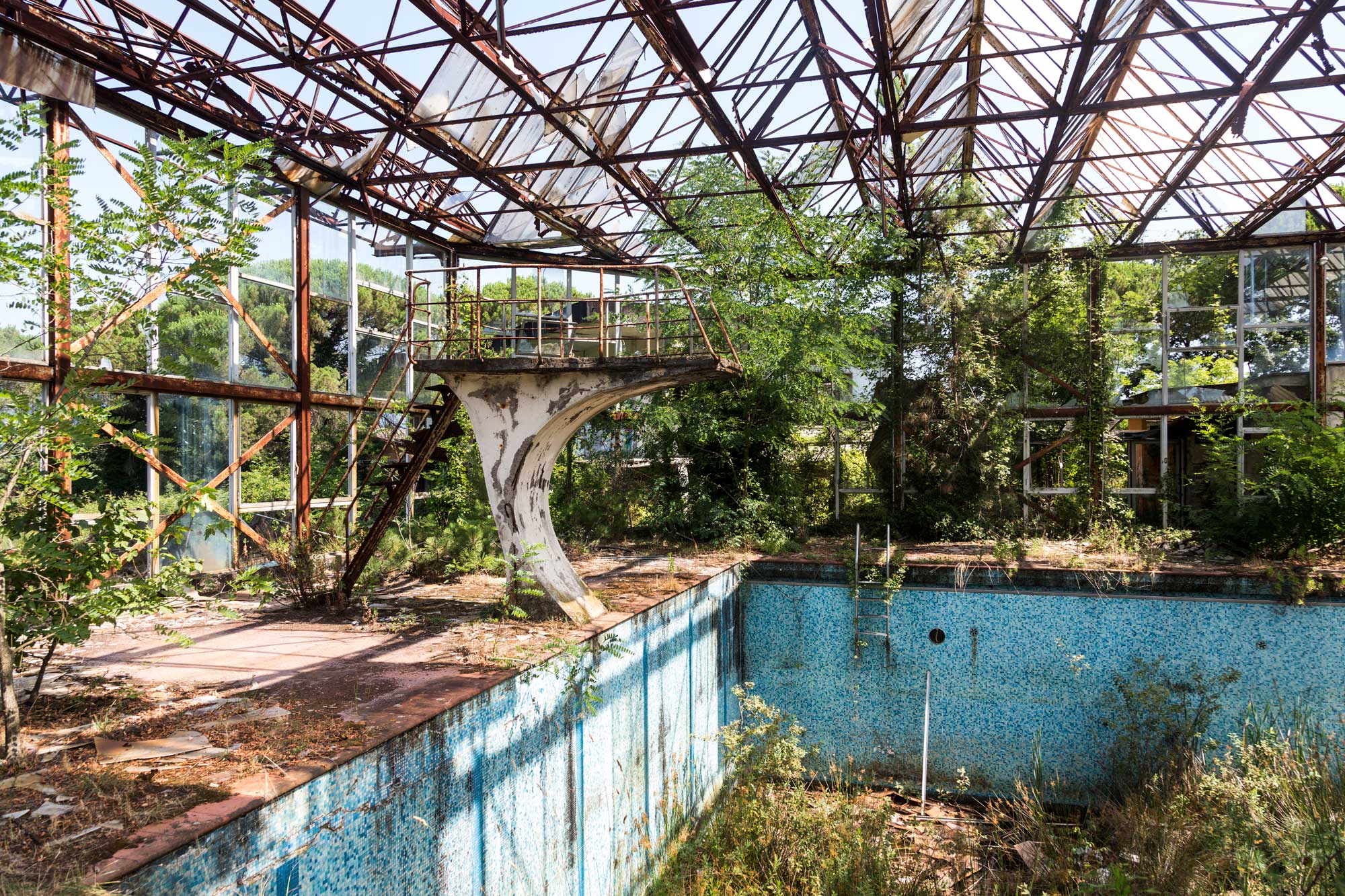
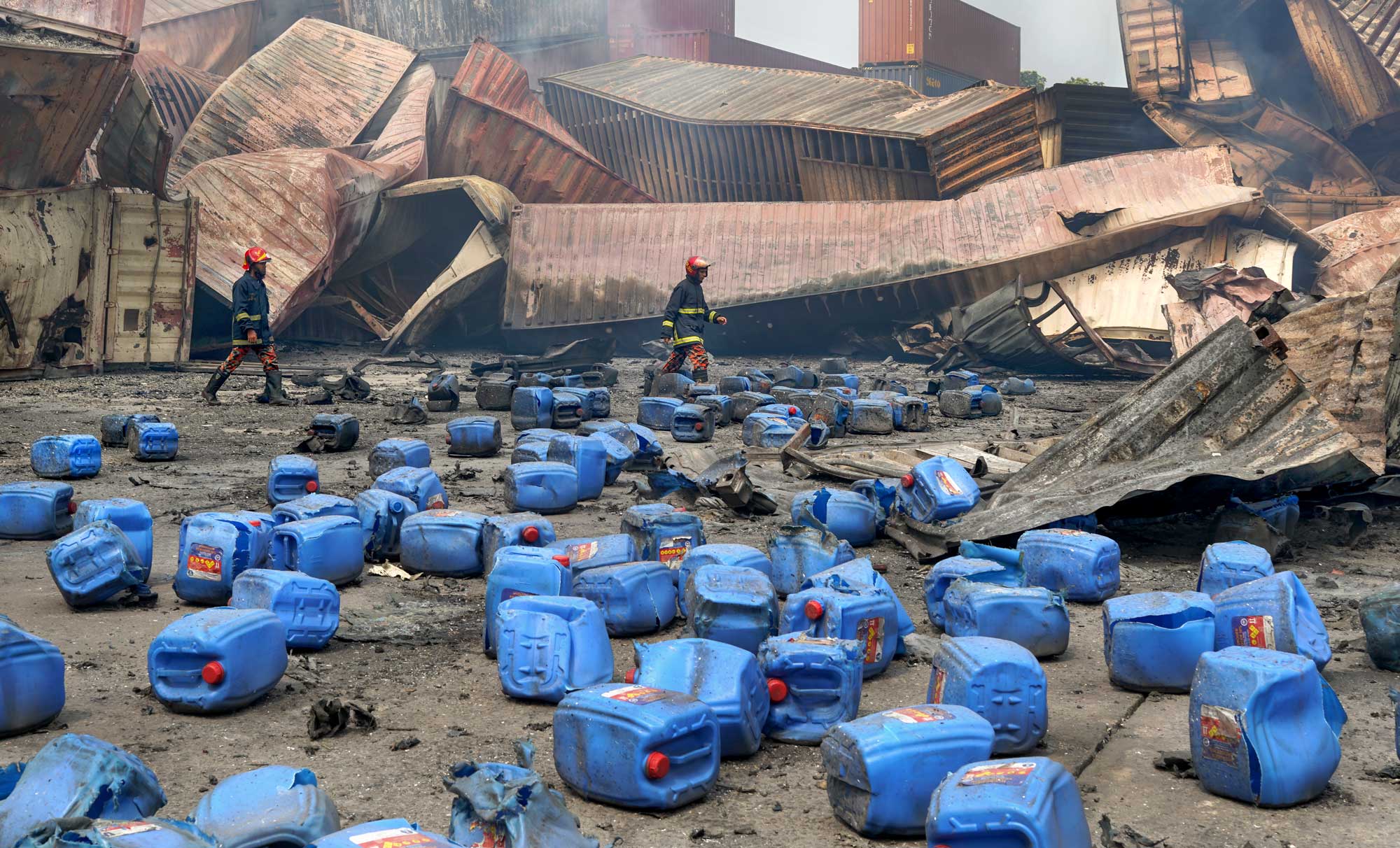

Having studied Journalism and Public Relations at the University of the West of England Hannah developed a love for photography through a module on photojournalism. She specializes in Portrait, Fashion and lifestyle photography but has more recently branched out in the world of stylized product photography. Hannah spent three years working at Wex Photo Video as a Senior Sales Assistant, using her experience and knowledge of cameras to help people buy the equipment that is right for them. With eight years experience working with studio lighting, Hannah has run many successful workshops teaching people how to use different lighting setups.
